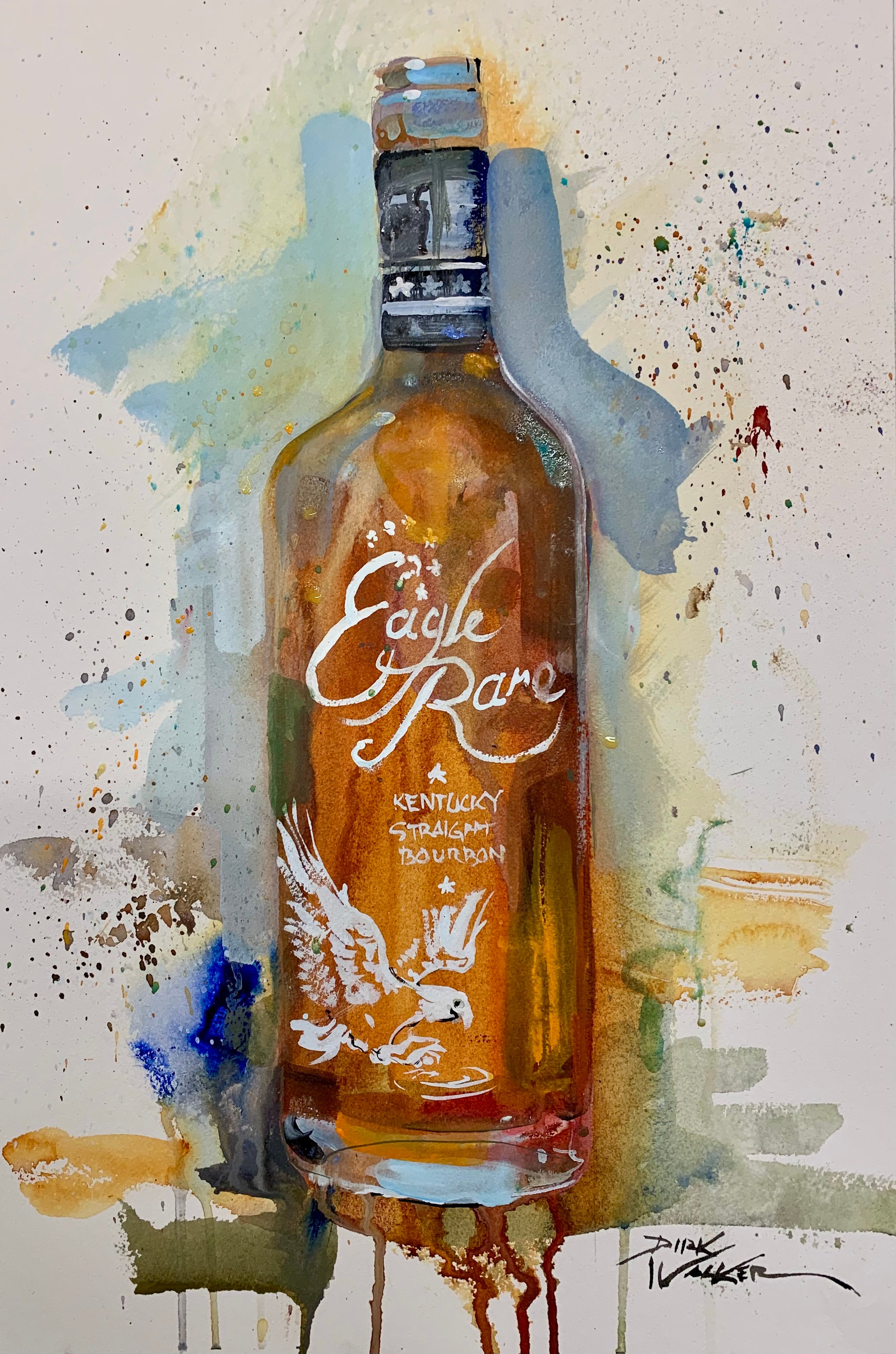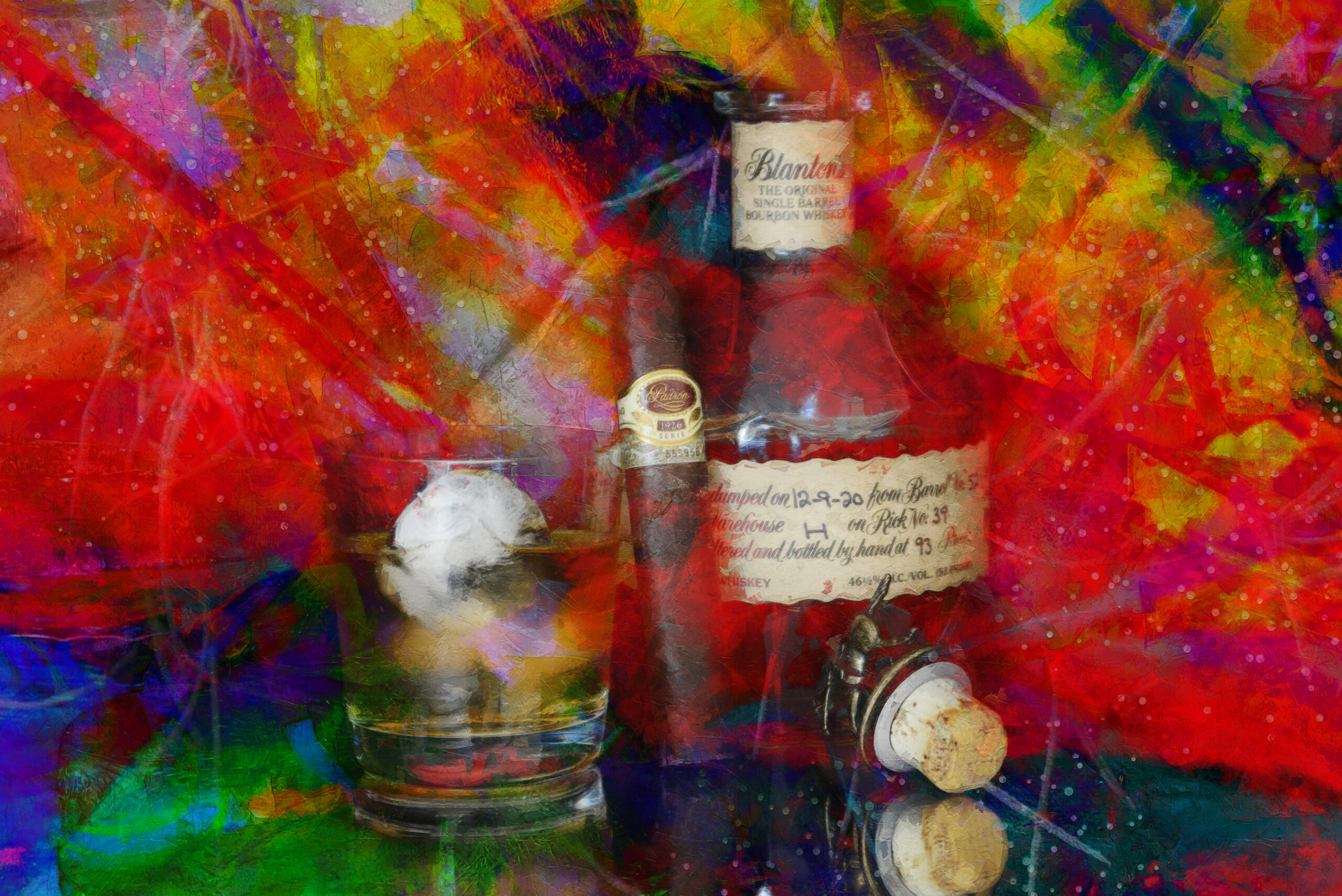Whiskey Art: Catching the Significance of Distillation in Every Brushstroke
Wiki Article
The Value of Whiskey Art in Celebrating Heritage and Workmanship in the Beverage Industry
The intricate connection in between bourbon art and the celebration of heritage and craftsmanship within the drink industry can not be overemphasized. Through attentively created labels and bottles, whiskey brand names encapsulate their historic roots and the artisanal skills that define their manufacturing methods. This artistic measurement not only enhances market allure but likewise works as a channel for social storytelling, promoting a much deeper link in between the consumer and the craft. As we explore the numerous aspects of this subject, appealing concerns about the effect of modern trends on standard techniques develop, prompting further examination.The Historic Origins of Whiskey
At the heart of scotch's allure lies a rich tapestry of historical origins that map back to ancient worlds. The origins of scotch can be linked to the purification methods of the Sumerians and Babylonians around 2000 BCE, where very early forms of fermented grain beverages began to emerge. Nonetheless, it remained in the Center Ages that the art of purification developed considerably, particularly in Ireland and Scotland, bring about the production of bourbon as we understand it today.
The term "scotch" itself stems from the Gaelic word "uisce beatha," meaning "water of life." This expression underscores the social importance of scotch in Celtic cultures, where it was commonly related to routines, events, and common bonding. By the 15th century, purification became an acknowledged craft within reclusive communities, paving the way for the facility of lawful distilleries.
As trade routes increased, whiskey's popularity expanded, going beyond regional borders and catching the passion of connoisseurs worldwide. Whiskey Art. This historic trip reflects not just the craftsmanship behind bourbon production but additionally its essential role in social and social contexts, noting it as a significant beverage throughout history
Artistic Expression in Branding
Bourbon branding stands as an engaging crossway of creativity and commerce, where visual identification plays a critical role fit customer assumption. The aesthetic appeals of scotch tags, product packaging, and advertising and marketing materials show not just the brand's story however also its core values and heritage. Via artistic expression, distilleries share a narrative that reverberates with consumers, evoking emotions and triggering connections.Using shade, typography, and images in branding serves to separate products in a saturated market. Typical concepts may evoke a feeling of authenticity and craftsmanship, while modern designs can represent technology and forward-thinking. This critical artistic direction improves brand name acknowledgment and loyalty, permitting customers to create an individual relationship with the whiskey they select.
Furthermore, creative expression in branding frequently functions as a party of regional heritage. Distilleries regularly include regional icons or historic recommendations into their designs, developing a feeling of area that invites consumers to partake in a wider cultural experience. Eventually, the virtuosity behind whiskey branding not just enhances visual appeal but likewise enriches the general narrative of the brand, promoting a much deeper recognition for the craftsmanship and heritage embedded in each bottle.
Craftsmanship in Bottle Layout
The artistry apparent in scotch branding prolongs past visual identity to incorporate the workmanship associated with bottle style. Each container acts as a vessel not just for the spirit within, yet additionally for the story it outlines its high quality, custom, and beginning. The layout process needs precise interest to information, as elements such as closure, shape, and product contribute significantly to the total understanding of the whiskey.Craftsmanship in container style includes choosing high-quality glass that can boost the bourbon's shade and clearness, while likewise offering a tactile experience for the customer. The shape of the container need to be both useful and aesthetically enticing, typically mirroring the heritage of the brand. Several distilleries select distinct shapes or embossed logo designs that evoke a feeling of credibility and history.
Moreover, the label layout and typography play a critical duty in you could try here connecting the brand's story. Limited Edition. A well-crafted container not just mesmerizes the consumer's eye but additionally strengthens the brand name's commitment to quality and description tradition. In this method, the workmanship of bottle layout becomes a crucial aspect of the bourbon experience, merging artistry with a profound regard for heritage
Social Significance of Bourbon Art
Celebrating tradition and craftsmanship, the cultural relevance of whiskey art goes beyond simple aesthetic appeals, linking with the historical and social stories of the areas where it comes from. Each container functions as a canvas, illustrating the distinct stories, folklore, and customs that have shaped regional whiskey-making methods. The elaborate layouts frequently mirror the heritage of the distillers, integrating symbols and motifs that resonate with the society and values of their communities.
Additionally, whiskey art plays an important duty in common events and celebrations, working as a concrete link between people and their shared experiences. By appreciating the artistry in scotch packaging, customers grow a much deeper understanding and respect for the craft, eventually improving their enjoyment of the drink itself.
Modern Trends in Bourbon Presentation
In the last few years, the discussion of scotch has actually evolved to show modern tastes and patterns while still recognizing standard craftsmanship - Whiskey Art. Distilleries are progressively focusing on visual aspects that improve the total drinking experience, linking the gap between heritage and modernityCutting-edge container styles have arised, frequently including sustainable materials and artistic tags that inform compelling tales. Lots of brand names now collaborate with local artists, instilling their products with distinct visual expressions that resonate with consumers. Additionally, limited-edition releases are often packaged in collectible containers, including worth and appeal for connoisseurs.

Conclusion
In verdict, bourbon art serves as a crucial conduit for revealing the heritage and craftsmanship intrinsic in the beverage sector. Via elaborate branding, innovative container layouts, and culturally significant creative components, bourbon brand names effectively recognize their traditions and connect with consumers.

Craftsmanship in container design entails selecting high-grade glass that can enhance the bourbon's color and clarity, while additionally providing a tactile experience for the consumer. In this way, the workmanship of bottle layout becomes a vital aspect of the scotch you can try this out experience, combining virtuosity with an extensive regard for heritage.
In verdict, bourbon art offers as an essential channel for revealing the heritage and workmanship fundamental in the drink market.
Report this wiki page